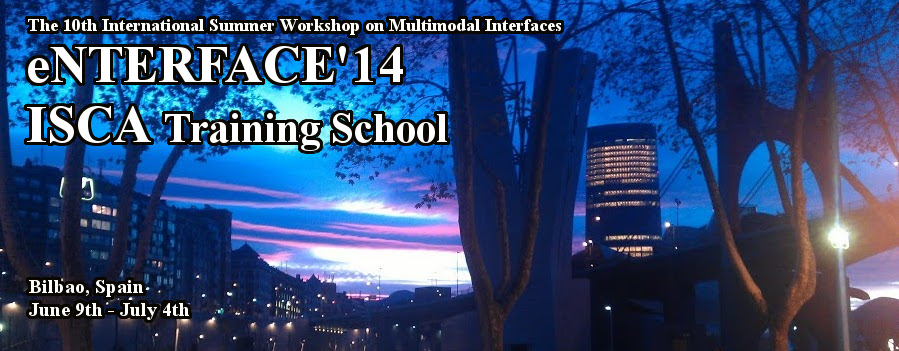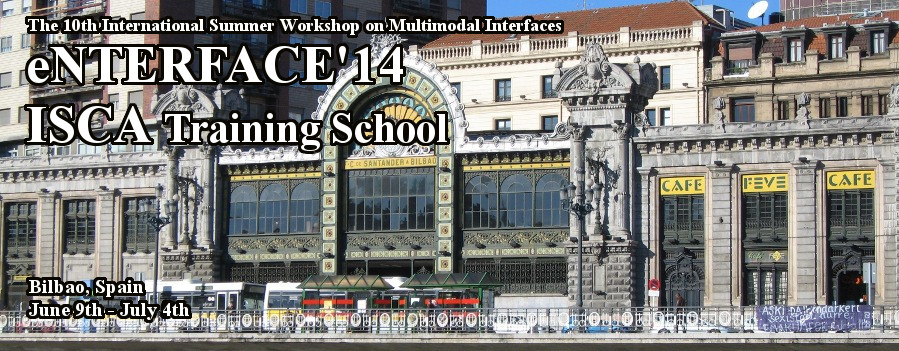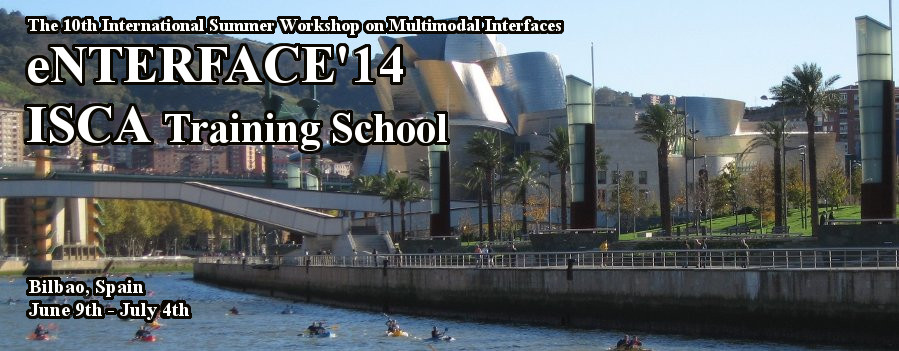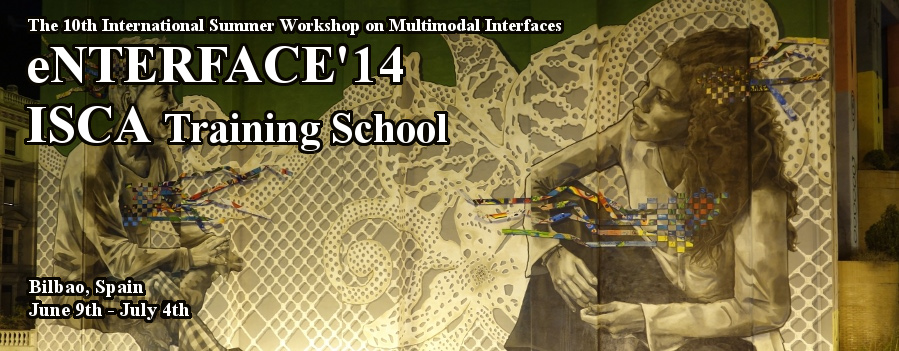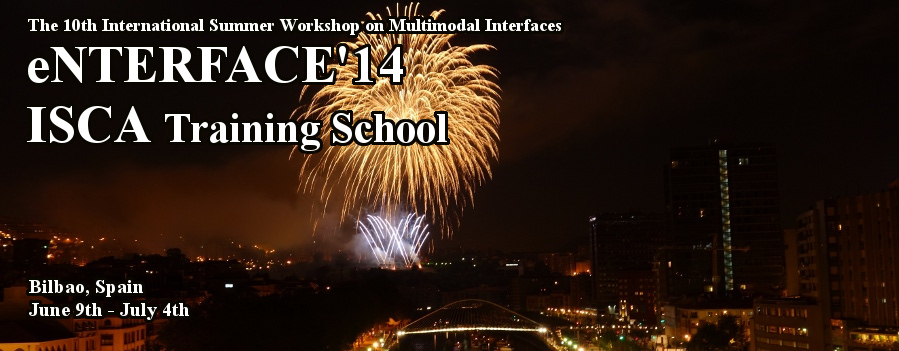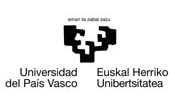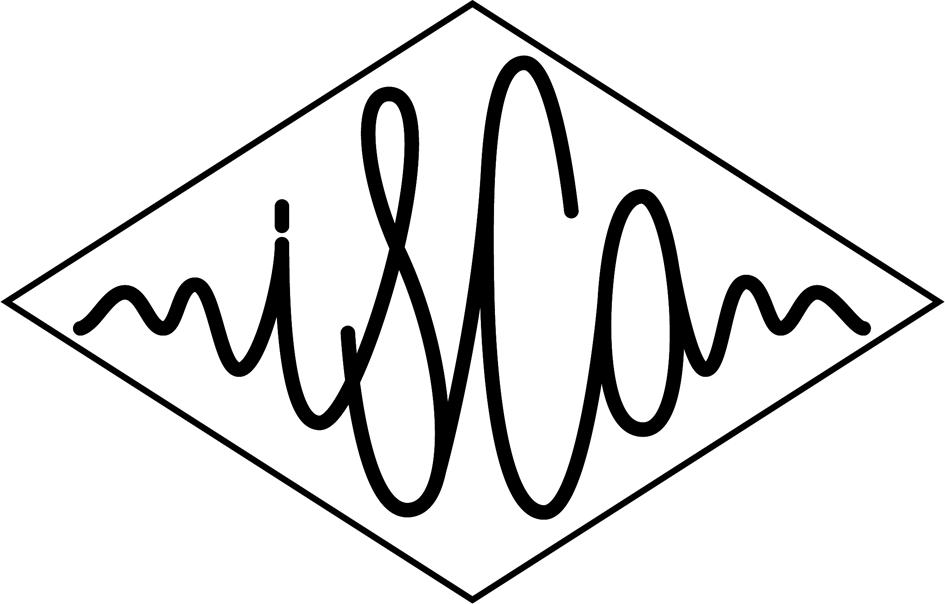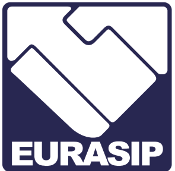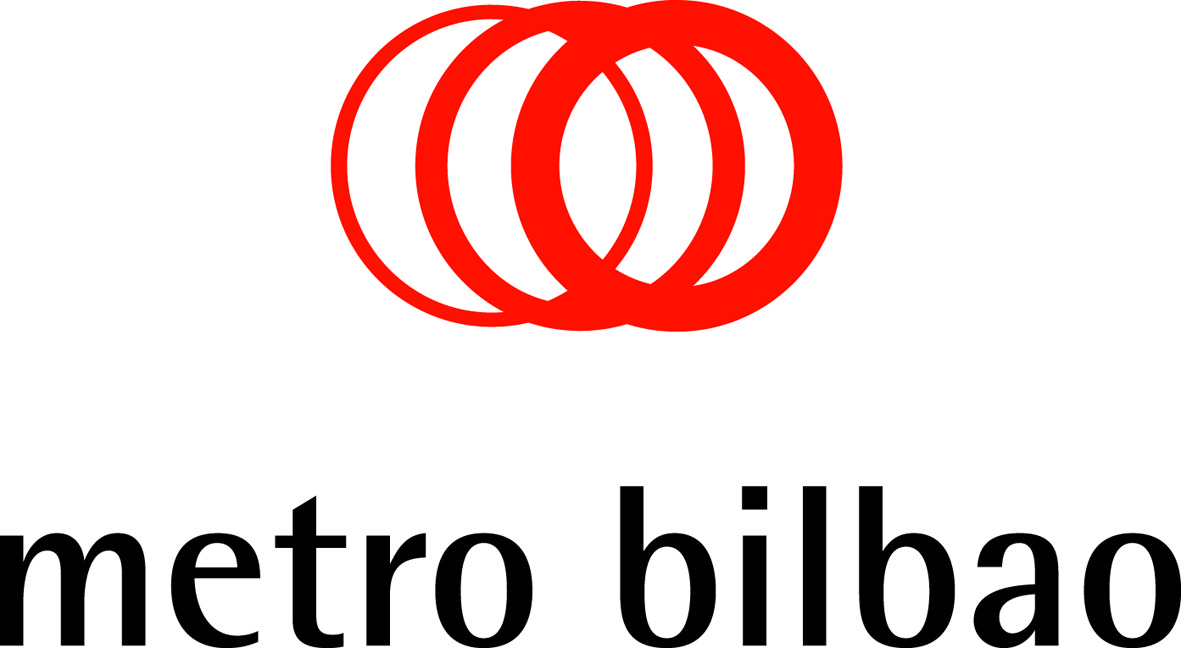Title: Developing Advanced Communications System for the Deaf
Speaker: Rubén San-Segundo
Date: Tuesday, 24th of June 2014
There are over 70 million people with hearing impairments in the world. Many of them have either been deaf from birth or have become deaf before
learning a spoken language. This fact has serious implications for the education and social inclusion of Deaf people. They are one of the groups of
people with the highest level of isolation, suffering substantial exclusion from social networks for the hearing.
In Spain, based on information from INE (Spanish Institute of Statistics) and the MEC (Ministry of Education), around 47% of the Deaf,
of more than 10 years old, do not have basic level studies or are illiterate. In real conditions, 92% of the Deaf have significant difficulties
in understanding and expressing themselves in written Spanish. The main problems are related to verb conjugations, gender/number concordances and
abstract concept explanations. Because of this, only between 1% and 3% of the Deaf have a university level education. This percentage is very low
compared to all the population in Spain.
This presentation describes our experience developing advanced communications systems for the Deaf. From this experience, a developing methodology
has been proposed. This methodology is a user-centered design approach consisting of four main steps: requirement analysis, parallel corpus generation,
technology adaptation to the new domain, and finally, system evaluation. During the requirement analysis, both the user and technical requirements are
evaluated and defined. For generating the parallel corpus, it is necessary to collect Spanish sentences in the new domain and translate them into LSE
(Lengua de Signos Española: Spanish Sign Language). LSE is represented by glosses and using video recordings. This corpus is used for training the
two main modules of the advanced communications system to the new domain: the spoken Spanish into the LSE translation module and the Spanish generation
from the LSE module. The main aspects to be generated are the vocabularies for both languages (Spanish words and signs), and the knowledge for translating
in both directions. Finally, the field evaluation is carried out with deaf people using the advanced communications system to interact with hearing people
in several scenarios. In this evaluation, several objective and subjective measurements for evaluating the performance are suggested. In this work, the
results are presented for the domain of a hotel reception. Using this methodology, the system was developed in several months, obtaining very good
performance: good translation rates (10% Sign Error Rate) with small processing times, allowing face-to-face dialogues.
